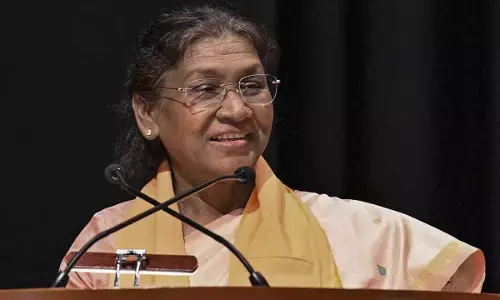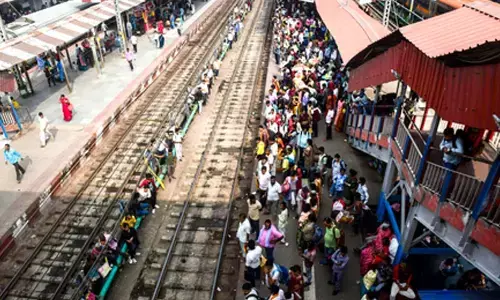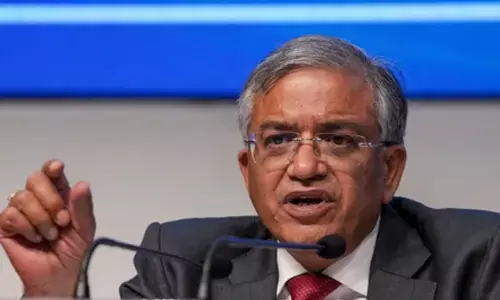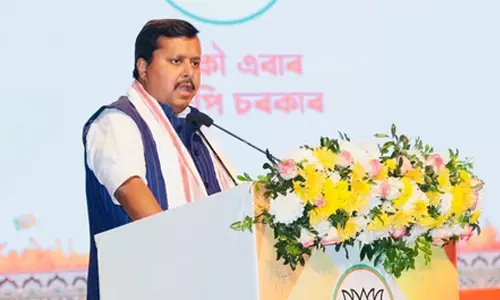Demonetisation: RBI cautioned negative impact on GDP
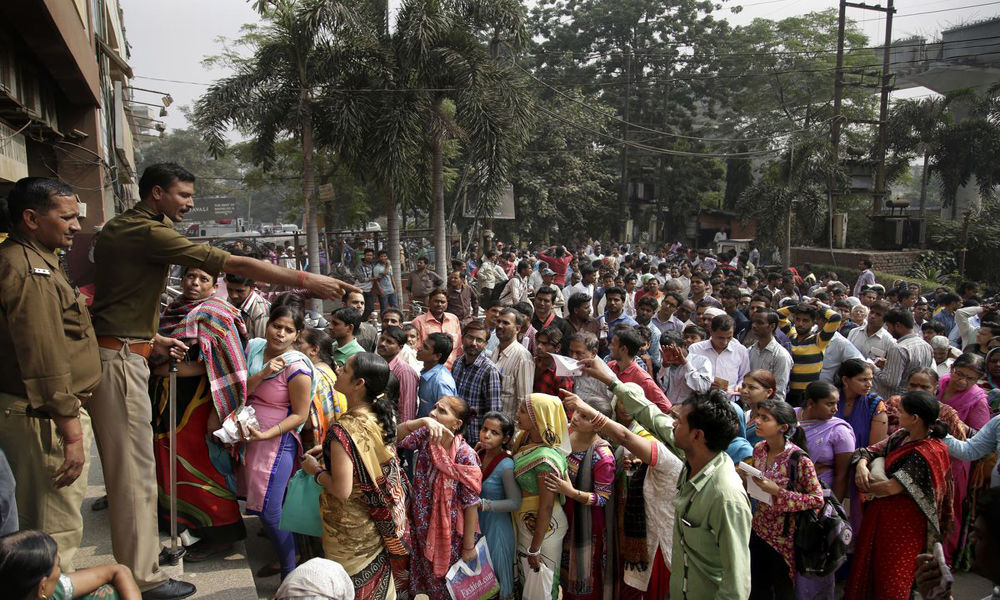 Demonetisation: RBI cautioned negative impact on GDP
Demonetisation: RBI cautioned negative impact on GDPOnly after the Central Information Commission has pulled up on 18 February 2019, the Reserve Bank of India for 'perfunctory handling' of an RTI application seeking records of its board meetings where the issue of demonetisation was deliberated and issued a show-cause notice to its Central Public Information Officer, the RBI has released the minutes after delay of two years.
Only after the Central Information Commission has pulled up on 18 February 2019, the Reserve Bank of India for 'perfunctory handling' of an RTI application seeking records of its board meetings where the issue of demonetisation was deliberated and issued a show-cause notice to its Central Public Information Officer, the RBI has released the minutes after delay of two years.
Activist Venkatesh Nayak had sought records of all meetings of the RBI Central Board of Directors along with the papers, presentations or other documents placed before it, which led to the decision of demonetisation announced by Prime Minister Narendra Modi on November 8, 2016. As usual, the RBI refused give any information, which cited exemption clause section 8 (1) (a) of the RTI Act. Nayak approached the CIC.
The section exempts from disclosure the information which would prejudicially affect the sovereignty and integrity of India, the security, strategic, scientific or economic interests of the State, relation with foreign State or lead to incitement of an offence. During the hearing before CIC in February 2019, the RBI's representative accepted that the information "prima facie was wrongly denied".
Applicant Venkatesh Nayak sought information on two points: First- copies of the minutes of the meeting of RBI's Board of Governors and any recommendation that was submitted regarding the demonetisation exercise to the Central government. The copy was sent after two years, that too after CIC pulling it up. Nayak said 'essentially RBI's Board had only rubber stamped the Government's initiative'.
Nayak's second point pertain to petitions, recommendations or communication submitted by any person, entity or organisation to RBI regarding demonetisation and all replies that RBI sent to such entities besides seeking copies of all file notings and correspondence in this regard. CPIO quoted Sec 7(9) to deny, though he knew, but ignoring that it is not an exception but facilitation to give information. First, they use Section 8(1)(a) of RTI Act to deny, then they try to use 7(9). In demonetisation minutes hardly any information that can be called 'sensitive'.
RBI cautions Negative impact on GDP
The minutes of the 561st meeting of the RBI's Central Board convened hurriedly in New Delhi at 5.30 pm that day revealed that the Central bank's directors described the move as "commendable" but also warned that demonetisation "will have a short-term negative effect on the GDP for the current year". Analysing these minutes, the Indian Express reported that in less than four hours before Prime Minister Narendra Modi announced demonetisation on November 8, 2016, the Central Board of the Reserve Bank of India (RBI) gave its approval to the scheme but it has also rejected, in writing, two of the key justifications — black money and counterfeit notes.
These minutes were signed by RBI Governor Urjit Patel on December 15, 2016, five weeks after the meeting was held. The RBI Board recorded six objections, which were described as "significant observations". The RBI directors, after receiving a proposal draft of the scheme from the Ministry of Finance on November 7, 2016, argued that the government's reasoning, that the withdrawal of HD (high denomination) currency notes of Rs 1,000 and Rs 500 would help in curbing black money and restrict circulation of counterfeit cash, did not really hold good.
Most of the black money is in real estate
Referring to the ground that the demonetisation will curb the flow of black money, the minutes recorded the facts and figures given in the government's White Paper on Black Money and noted: "Most of the black money is held not in the form of cash but in the form of real sector assets such as gold or real-estate and… this move would not have a material impact on those assets." Regarding fake currency, the Ministry informed the Board that counterfeiting is on the rise in denominations of Rs 1,000 and Rs 500, and the total quantity of such currency is estimated to be around Rs 400 crore.
The RBI Board further explained that "while any incidence of counterfeiting is a concern, Rs 400 crore as a percentage of the total quantum of currency in circulation in the country is not very significant". Among the other counter-points, the Board recorded that the growth of the Indian economy and its linkage to the high amount of HD currency in circulation, as pointed out in the government's proposal, was flawed since the rate of inflation had not been taken into consideration.
The minutes pointed out: "The growth rate of economy mentioned is the real rate while the growth in currency in circulation is nominal. Adjusted for inflation, the difference may not be so stark. Hence, this argument does not adequately support the recommendation…" and warned of a negative impact, saying "the withdrawal of HD currency notes would have a negative impact on two sectors in particular: medical and tourism". It suggested that private medical stores should also be included in the exemption list. Explaining the problems that incoming tourists may encounter, the RBI directors pointed out: "Arriving domestic long distance travellers who may be only carrying high denomination notes will be taken by surprise at railway stations/airports for payment to taxi drivers and porter charges and hence put to hardship. It would also have adverse effect on tourists."
The RBI Governor saw a positive point. He recorded: "The proposed step also presents a big opportunity to take the process of financial inclusion and incentivising use of electronic modes of payment forward as people can see the benefits of bank accounts and electronic means of payment over use of cash…" Finally, the RBI agreed with the withdrawal of banknotes of Rs 1,000 and Rs 500, with some assurances: "The Board was assured that the government will take mitigating measures to contain the use of cash… the Board considered the memorandum and after detailed deliberations concluded that in larger public interest, the balance of advantage would lie in withdrawal of legal tender status of Rs 500 and Rs 1,000 currency notes currently in circulation…"
Black money reports not for public!
The Union Finance Minister has recently stated in Parliament that black money study reports may be made available to MPs who sit on the Department-related Parliamentary Committee on Finance but will not be placed in the public domain. The government ignored the proviso underlying Section 8(1) of the RTI Act that information which cannot be denied to Parliament or State legislature cannot be denied to a citizen.
Demonetisation took the lives of more than a hundred citizens who stood outside banks to exchange their currency notes and scores of bankers who collapsed counting them and have had well documented negative impact on various sectors of the economy. (The writer is former Central Information Commissioner and Professor of Law, at Bennett University, Greater Noida)












